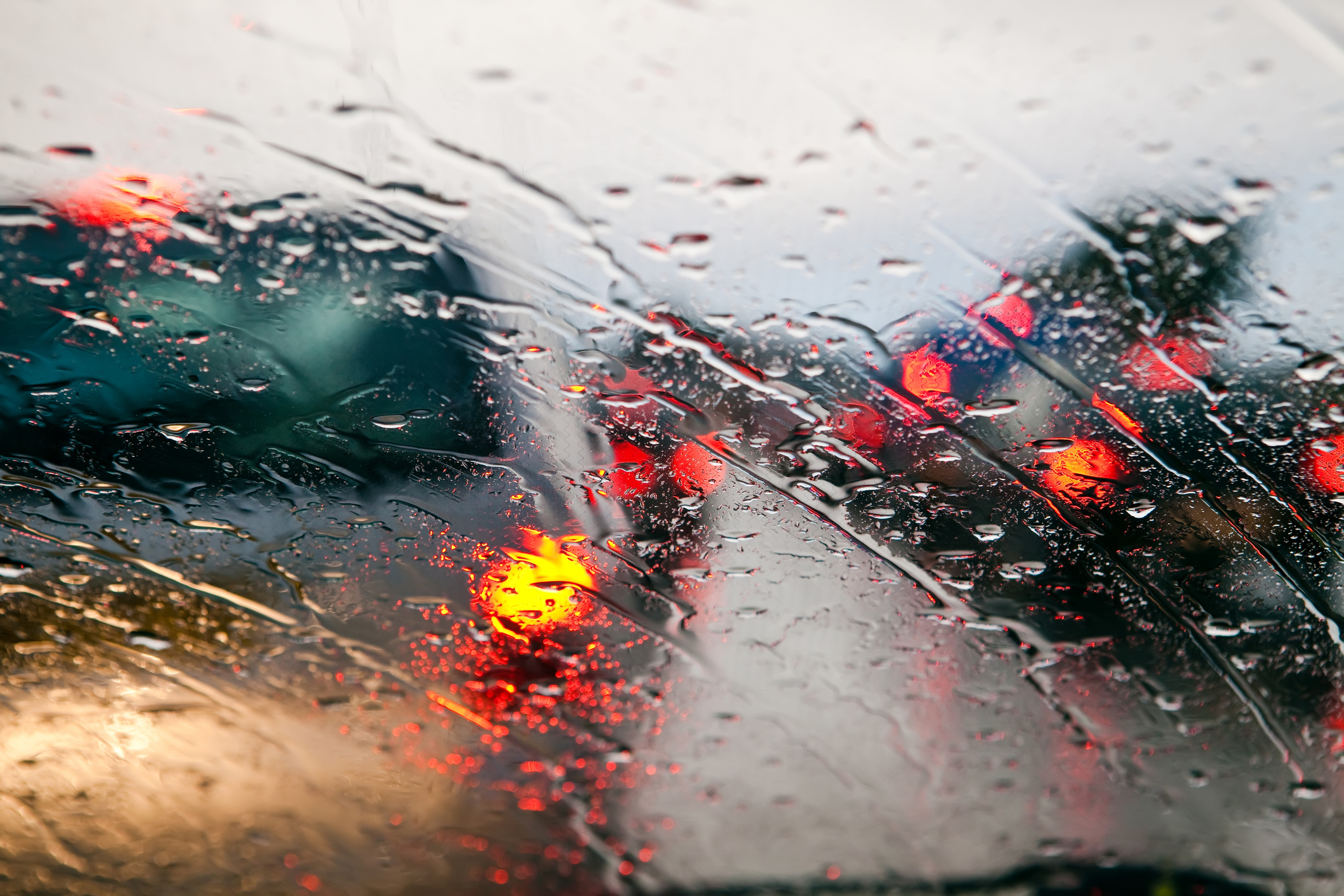Rain may not seem all that dangerous to drive in, but in fact rain causes a large number of car accidents due to limited visibility, reduced roadway friction, and standing water. Follow these five tips for driving in heavy rain to keep you and your passengers as safe as possible.
1. Slow Down
The most important thing you can do to stay safe in inclement weather is to slow down. Rainy conditions create slick roads, increasing the amount of time it takes your car to come to a complete stop. Give yourself more following distance than you usually would, and adjust your speed so that you’ll have plenty of time to stop at traffic lights. Remember that the posted speed limit is for ideal driving conditions and isn’t always the right speed in the rain. If other cars are driving faster than you’re comfortable with, drive in the right lane so they can pass you safely.
2. Turn Your Lights On
It’s best practice to turn on your headlights any time you need to use your windshield wipers. In fact, it’s the law in some states! Rain makes it harder for other drivers to see your vehicle, especially if your car is a neutral color like silver or white. Turn on your headlights so that other drivers can see you and avoid a collision.
3. Avoid Hydroplaning
Hydroplaning is most common during the first few minutes of rainfall as the roads develop a slick layer of water and oil. If you wait a while before heading out, the rain will wash away the oil and other substances that got stirred up and the roads will become safer to drive on. However, you can still hydroplane if you’re driving too fast or you hit standing water. If you start hydroplaning, let off the gas and gently steer in the direction you want to go. Avoid jerking the steering wheel or hitting the brakes as these can cause you to lose control of the vehicle.
4. Don’t Drive Through Standing Water
It only takes a couple of inches of standing water to make your car lose control. Driving through standing water can not only cause you to hydroplane, but it can also cause damage to the engine and electrical components if water gets pushed up into your engine. Since it’s difficult to tell how deep standing water on the road is, and it only takes about a foot of water to sweep a car away, it’s recommended to never drive through water if you can’t see the painted markings on the road.
5. When in Doubt, Stay Off the Roads
If it’s raining so heavily that you can’t see clearly or you can’t safely handle your vehicle, pull over to a safe spot and wait for the worst of the storm to pass. If there is a risk of flash flooding, move to higher ground, leave your car, and find a safe place indoors. Never drive through flood waters, and never drive in conditions you don’t feel safe in.
Many drivers underestimate the dangers of driving in rain, leading to thousands of accidents every year. Remember these tips for driving in the rain and you’ll never be caught unprepared.

